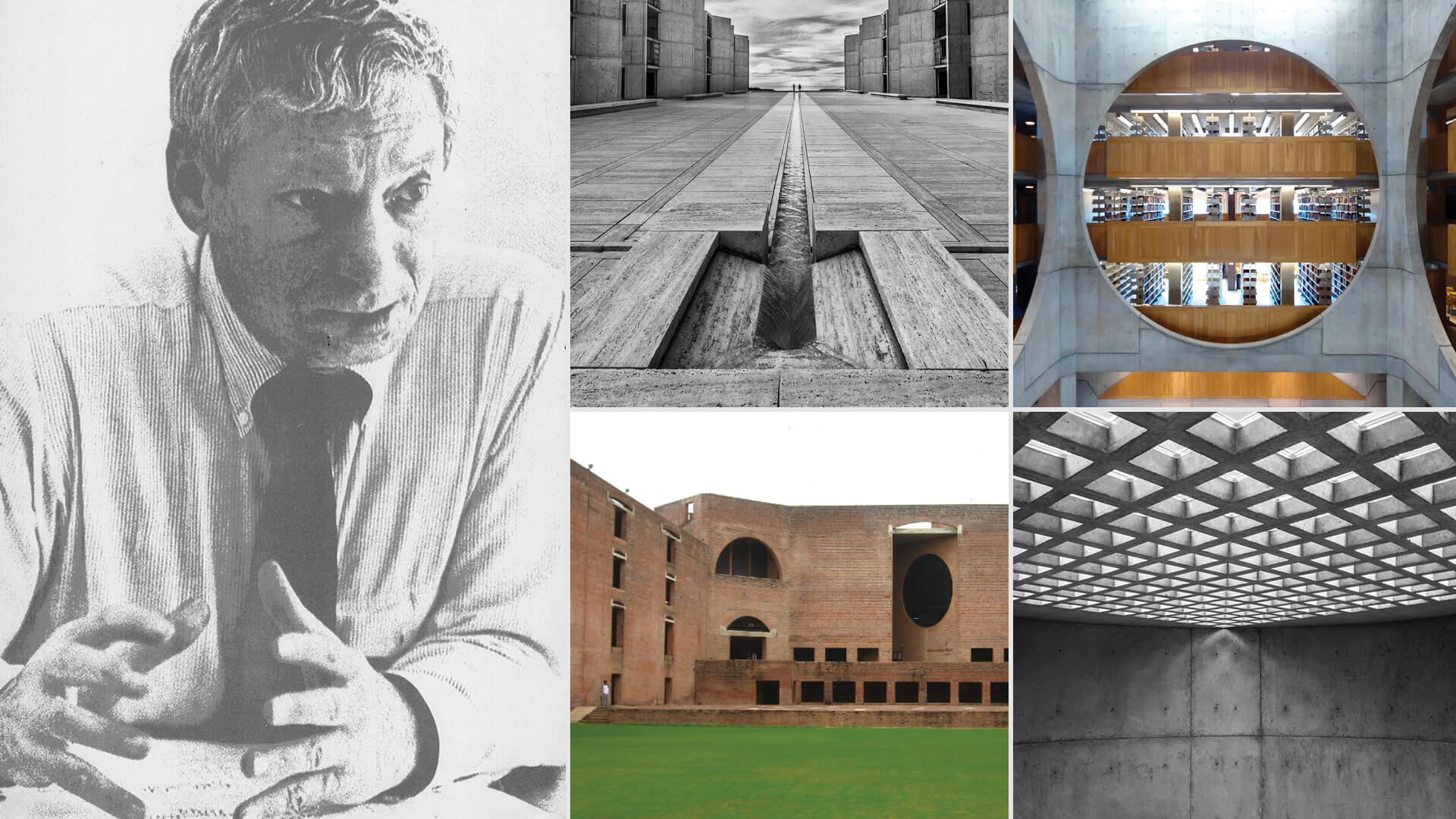The genius who melted many different avenues in the architectural pot: Who is Louis Kahn?
He is a different architect that humanized materials, rebelled against the taboos of the modernist era, and blended old and new architectural norms. The person in question is Louis Kahn, who melts many different avenues from art to geometry, from biology to philosophy in the architectural pot!

American architect and urban designer Louis Isadore Kahn was born on the Estonian island of Saarama in 1901. His family settled in Philadelphia in 1905 and became an American citizen in 1915. When Louis Kahn's talent for music and painting showed itself at the age of 7, he completed his secondary education at the Philadelphia Academy of Fine Arts. He then graduated from the University of Pennsylvania and became an architect in 1924. In the early years of his profession, he was interested in housing design. His real fame would be at the end of the Second World War, towards the end of the 1940s.
Louis Isadore Kahn (born Itze-Leib Schmuilowsky; March 5 1901 – March 17, 1974) was an Estonian-born American architect based in Philadelphia. After working in various capacities for several firms in Philadelphia, he founded his own atelier in 1935. While continuing his private practice, he served as a design critic and professor of architecture at Yale School of Architecture from 1947 to 1957. From 1957 until his death, he was a professor of architecture at the School of Design at the University of Pennsylvania.
Louis Kahn used traditional and historical forms together in his works. He designed symmetrical structures, but he was certainly not a symmetrical architect. If we consider this as a clue to Kahn's point of view, the following conclusion emerges: He wanted to integrate the splendor of modernism and the beauty of traditional architecture (ancient elements).
Kahn's concept of order was not merely artistic. He wanted to create both a cultural and aesthetic composition on a symmetrical plane. Therefore, he used elements such as copper, ceramics, and wood in addition to steel and concrete in his designs.
One of the most important features that distinguishes him from other architects was his approach to structure and materials. “When you think of the brick, you ask the brick, “What do you want, Brick?” you say. The brick will also say to you, “I like arches”. “Look at me, it's expensive to make an arch, and I can concrete you over it. What do you think about it, Brick?” you call. Brick says: “I like belts.” You see, it is important that you honor the material you use.” Kahn humanized the material and this perspective laid the groundwork for him to mark the era.
The use of natural light was very important to Kahn. The use of vaults and natural light at the Kimbell Art Museum is a lesson. In this project, he both skillfully depicted the change of seasons and created constantly changing silhouettes of natural light with the skylight under the vaults and the aluminum reflectors underneath it.
The private life of Kahn, who died in Pennsylvania in 1974, also aroused public interest. In 2003, his chaotic private life was presented to the public with the movie My Architect A Son's Journey.
Important Works of Louis Kahn
Salk Institute for Biological Studies
Sher-e-Bangla Nagar / Bangladesh National Assembly
Franklin D. Roosevelt Four Freedoms Park
Kimbell Art Museum
National Assembly Building
Phillips Exeter Academy Library
Wharton Esherick Museum
